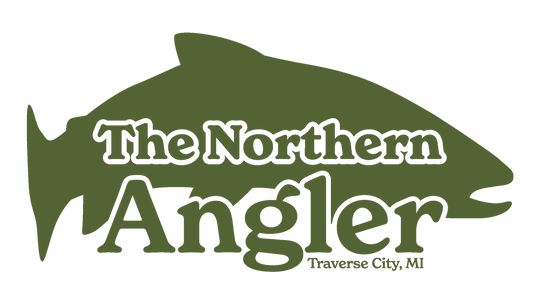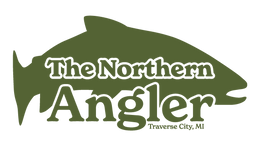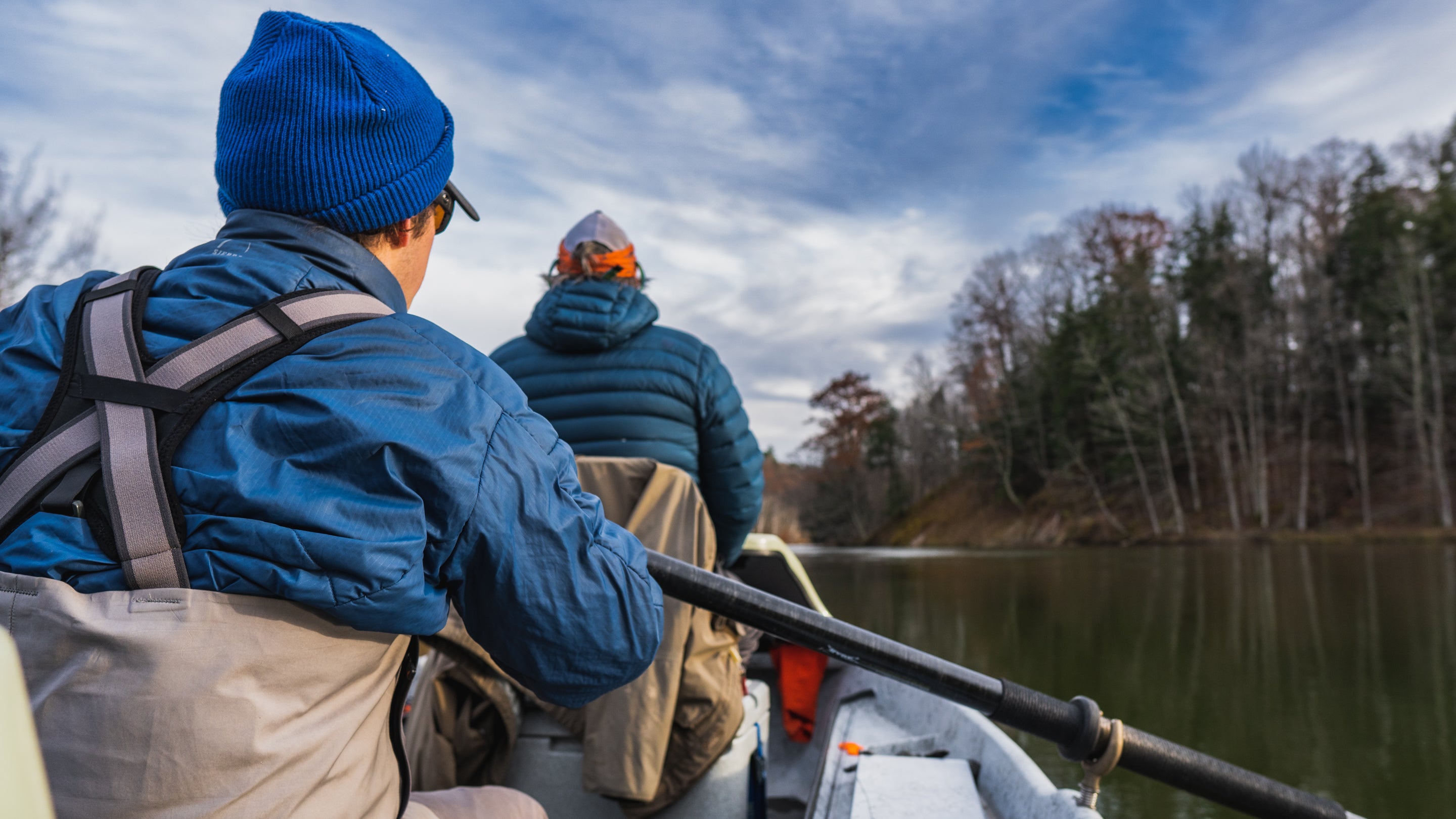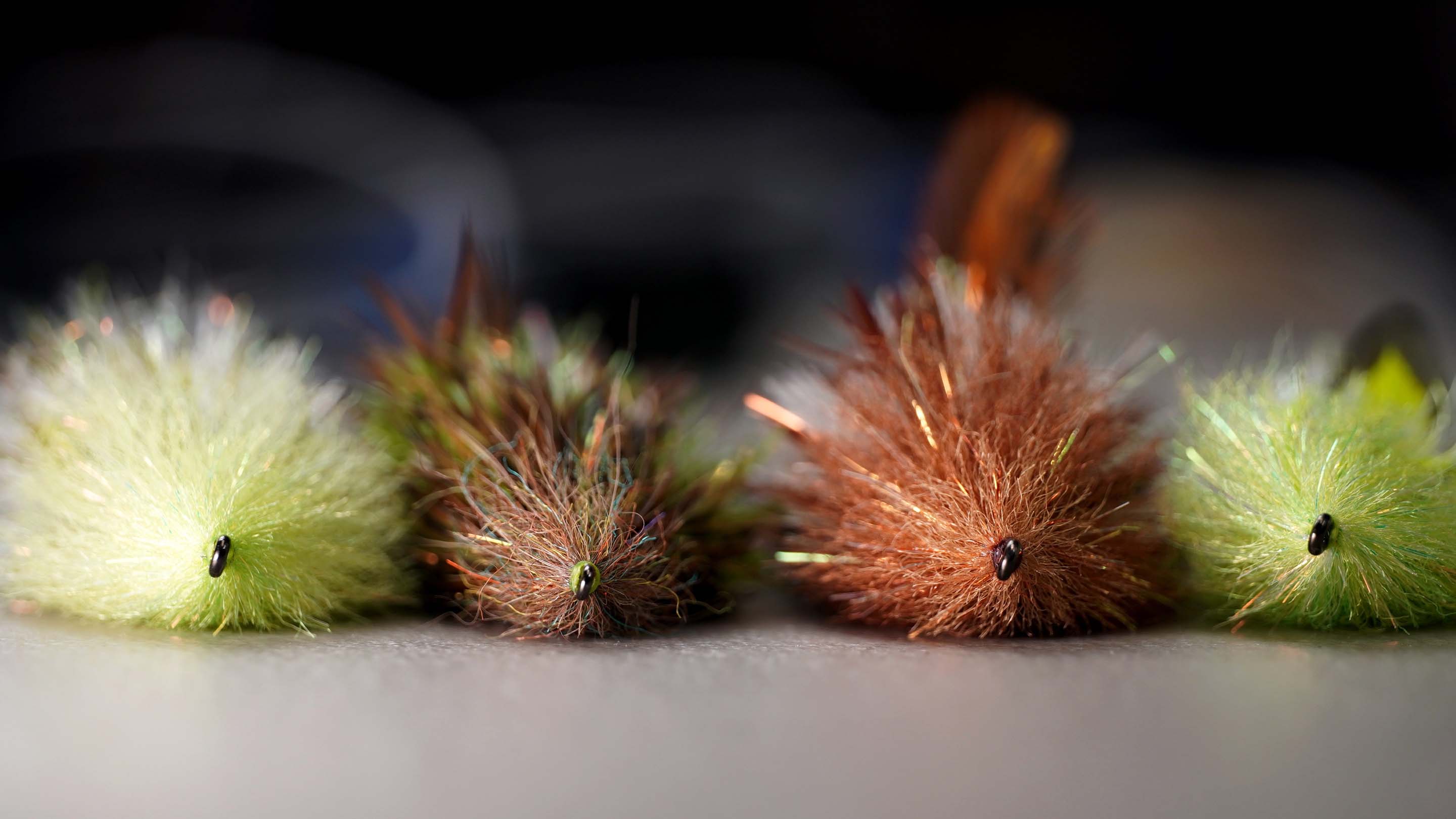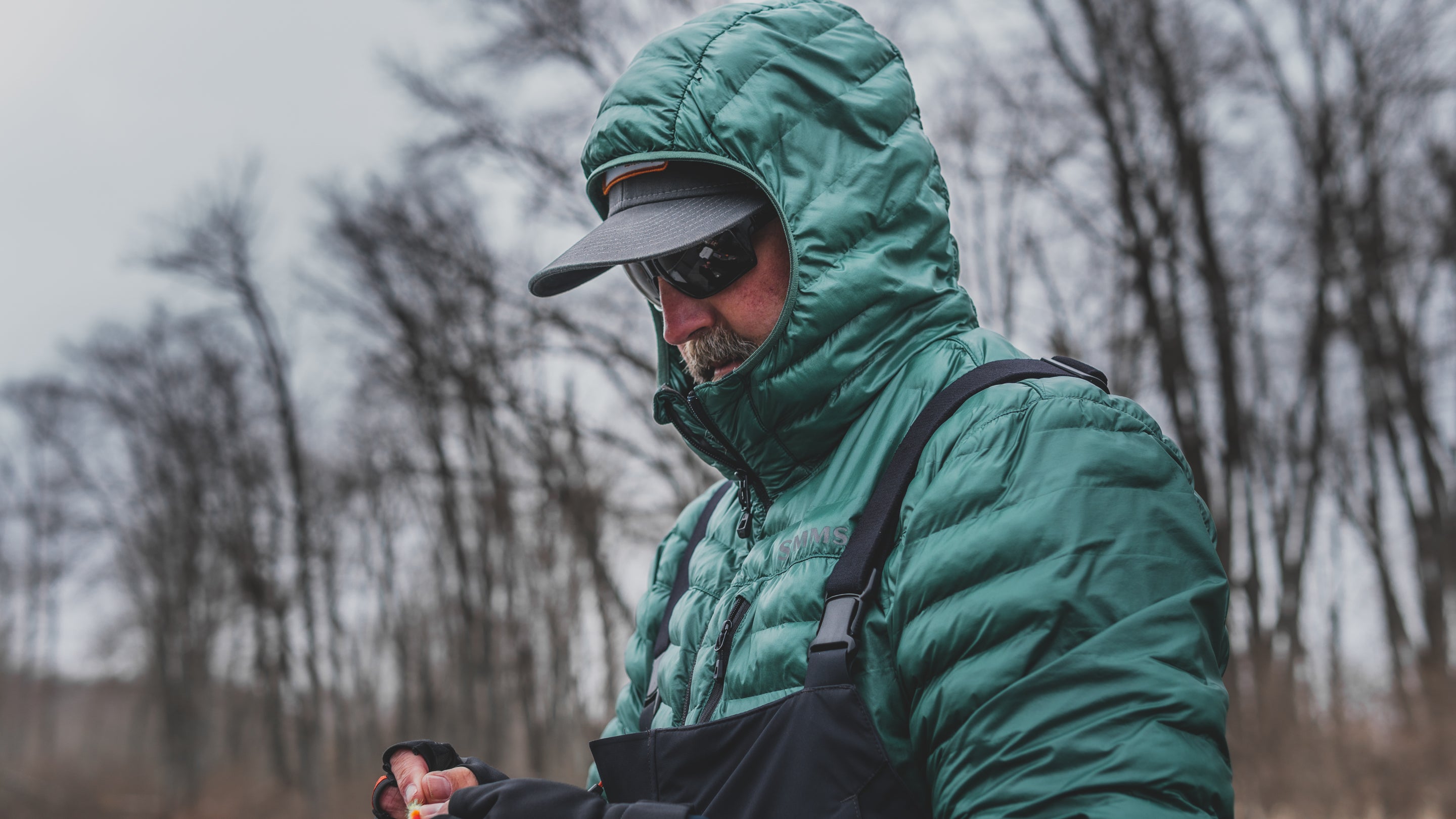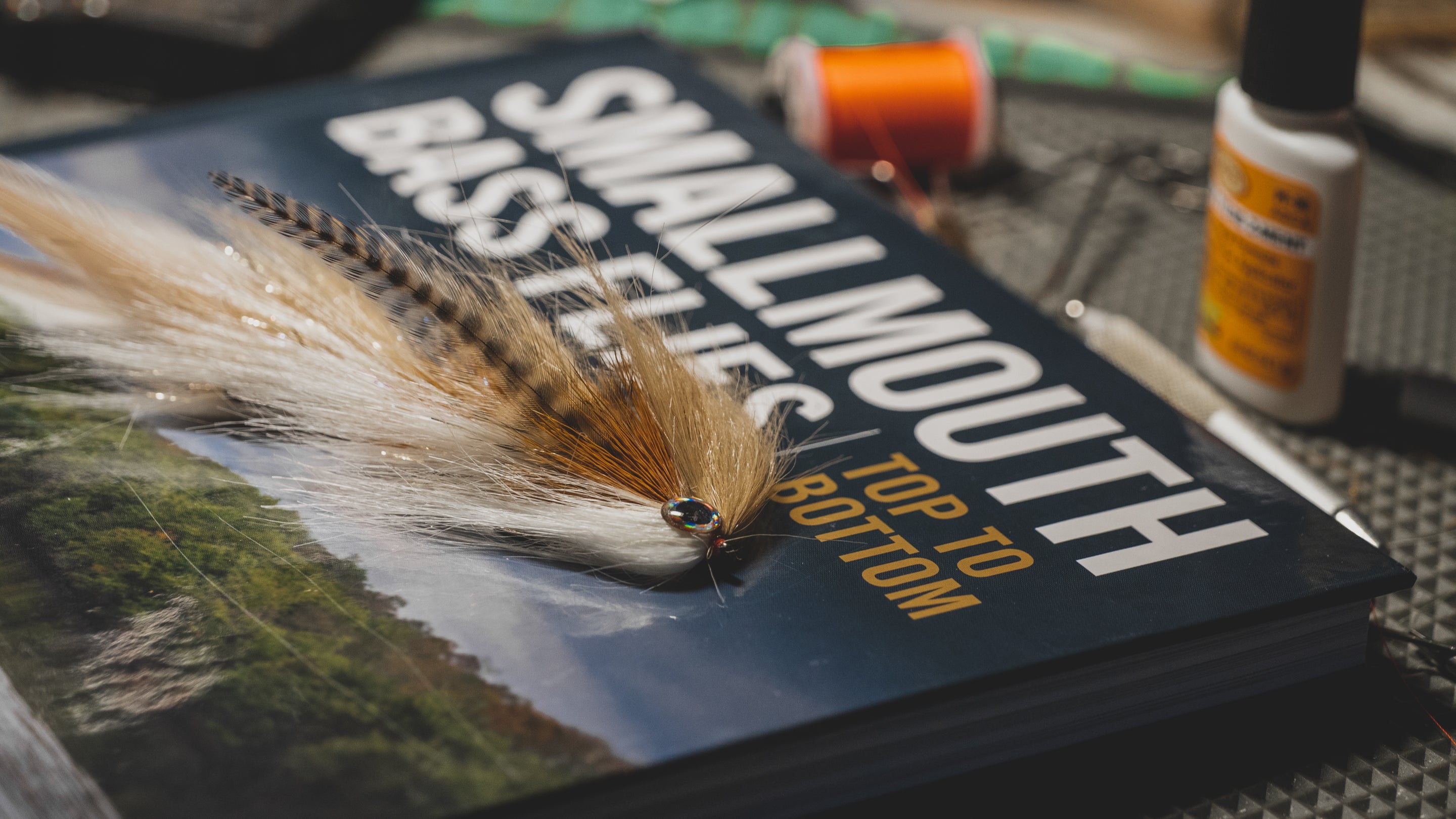Are You Using The Right Thread?
We get a lot of questions in the shop about thread but often times I think even more tyers should think about what thread they're using. When you think about it, thread is what we use the most when tying flies; many new to the practice do not realize how much a difference the right thread can make.
There are tons and I mean literally tons of thread options on the market today which can be confusing but we're going to focus on the brands and options we carry at The Northern Angler so you can hit the vise with confidence and turn out the best flies possible.
HOW IS THREAD SIZE MEASURED?
Currently, we use two different systems to measure the thickness of fly tying thread. First, the denier system which measures the thickness of individual fibers making up the thread. With this system, the higher the number, the thicker the thread. Secondly we have the "ought" system which you will see as two numbers separated by a forward slash "6/0." With this system the higher the first number, the thinner the thread will be.
Unfortunately, once we know the thickness there is still some information missing. The character of the thread is commonly overlooked but can be essential to success on some flies. Some thread is flat while others have more round properties as it is applied to the hook. This information is not listed on the thread at all but something you can ask your local shop to help with.

These photos show the core thread options we carry at The Northern Angler with five wraps each on a hook shank. Notice how flat the Veevus 140 is compared to UNI 6/0 which is a similar Denier count.

HOW TO CHOOSE THREAD SIZE
1. HOOK SIZE
Although not the only thing to consider, this is the best place to start. It would seem self-evident that the larger your hook, the larger the thread you should use and vise versa. However, I would encourage you to think a different way: use the lightest thread you can get away with. Most tyers, myself included, tend to use more wraps than we truly need which causes issues such as an unruly head and crowded eyes. So, although hook size is a great place, the second consideration will often times be more important.
2. MATERIALS
Materials may be the most important consideration for thread as some materials require more tension or special properties to be successful. This requires some understanding of both the material you hope to manipulate and the different threads available. Please let your local fly shop be a resource for you when you get to this point! We want you to enjoy your time at the vise and there is nothing worse than not having the correct tools for the job.
3. TECHNIQUES
Specific techniques, like materials require some consideration before you start tying. This again is where I will point you towards asking your local shop for help. Whether you're spinning deer hair, working with dubbing loops, or splitting your thread... there is a thread for that.
WHAT WE CARRY AT THE NORTHERN ANGLER
- UNI THREAD
- 10/0 - Super Light, great for tiny midges and dries where buildup is a concern
- 8/0 - Great all-purpose thread for hooks size 16 and smaller
- 6/0 - Great all-purpose thread for anything larger than 16
- Veevus Thread
- 8/0 - Great all-purpose thread for hooks 16 and smaller
- 6/0 - Great all-purpose thread for hooks larger than 16
- 140 Power - Our favorite all-around streamer thread
- GSP - Gel Spun thread for working with deer hair
- Danville Thread
- 210 Flymaster - Thick thread for big flies
- Miscellaneous
- UTC Mono - For tying saltwater patterns
- UTC Kevlar - For serious strength (hair bug patterns or toothy critters)
